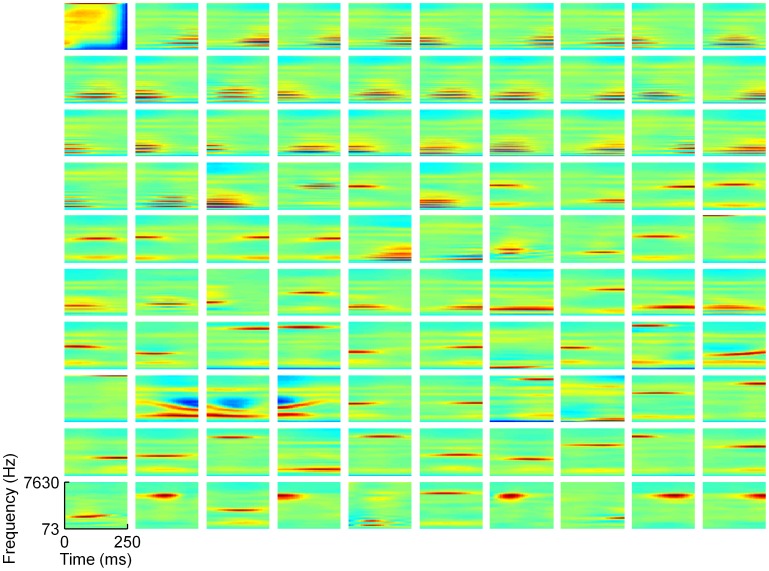Figure 2. A half-complete sparse coding dictionary trained on cochleogram representations of speech.
This dictionary exhibits a limited range of shapes. The full set of 100 elements from a half-complete, L0-sparse dictionary trained on cochleograms of human speech resemble those found in a previous study [17]. Nearly all elements are extremely smooth, with most consisting of a single frequency subfield or an unmodulated harmonic stack. Each rectangle can be thought of as representing the spectro-temporal receptive field (STRF) of a single element in the dictionary (see Methods for details); time is plotted along the horizontal axis (from 0 to 250 ms), and log frequency is plotted along the vertical axis, with frequencies ranging from 73 Hz to 7630 Hz. Color indicates the amount of power present at each frequency at each moment in time, with warm colors representing high power and cool colors representing low power. Each element has been normalized to have unit Euclidean length. Elements are arranged in order of their usage during inference (i.e., when used to represent individual sounds drawn from the training set) with usage increasing from left to right along each row, and all elements of lower rows used more than those of higher rows.

